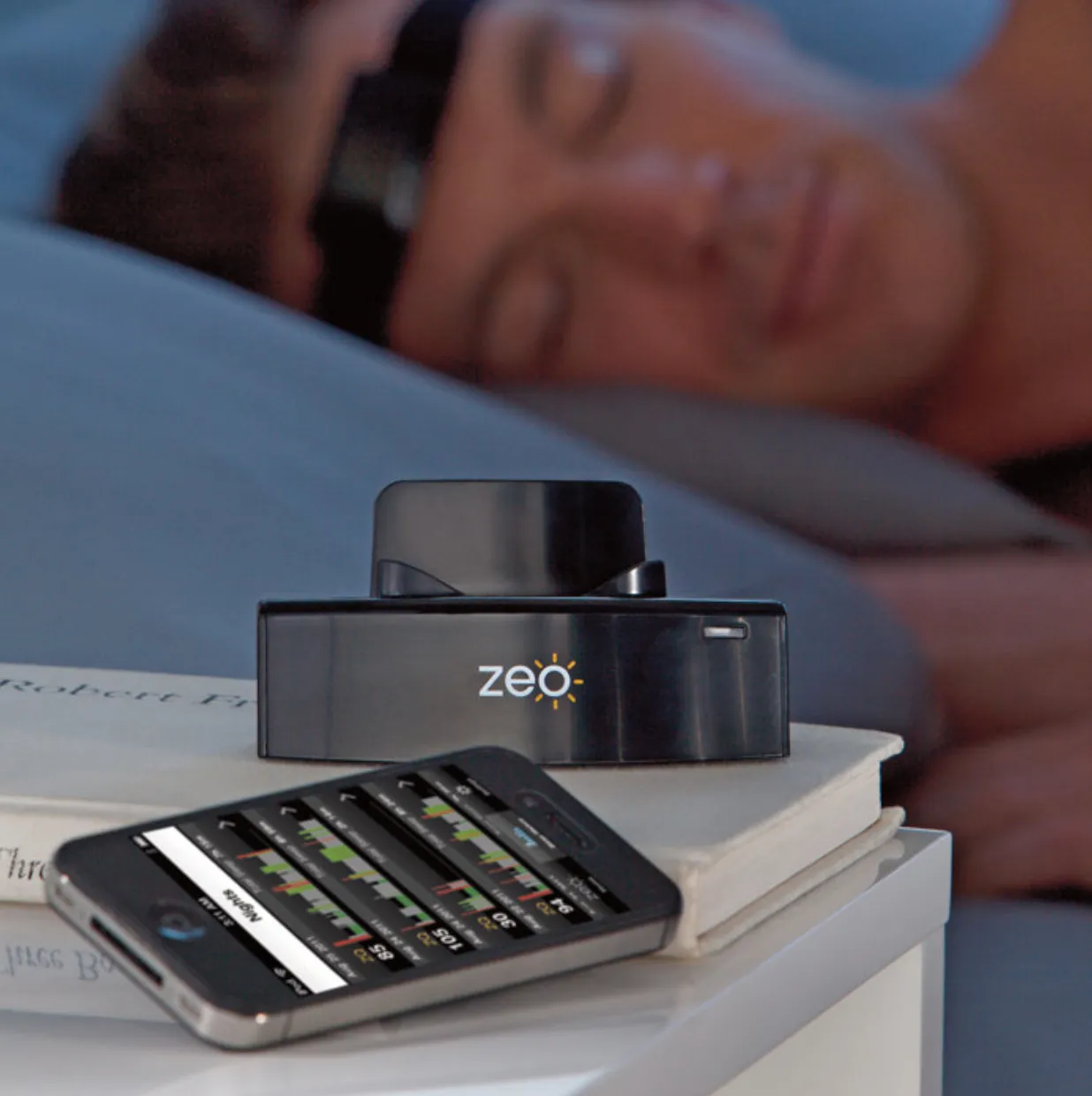Table of Contents
My doctor knows very little about me. Once a year, he and I chat about my general health, and after about 20 minutes we part ways until my next yearly physical. If our schedules align, I’ll sometimes see him in the infrequent intervals when I’m sick between checkups. In total, I get about 30 minutes of face time each year with my primary care physician.
This story is not an uncommon one. The median length of a primary care office visit in the United States is 15.7 minutes, according to astudy from Health Services Research. This is not nearly enough time for physicians to adequately incorporate patients’ medical histories, daily habits, and long-term behaviors into their healthcare regime.
A group loosely called the Quantified Self (QS) Movement has taken this role upon themselves through detailed logging of their behaviors and habits. These self trackers record and analyze various metrics about their life, ranging from caffeine consumption and heart rate to happiness levels and contents of their emails.
The QS movement is frequently dismissed as quirky SF technophiles with a weird hobby. A lot of this skepticism is arguably deserved, with some of the more committed self trackers wearing homemade devices upon their bodies or even adjusting their daily routine for the sake of their life logging. For a period of time, one self-tracker named Bo Adlerwore a blood-pressure cuff, pulse oximeter, accelerometer, and computer to gather his data all day long, which were visible particularly when he went to the gym in workout clothes. Many self-trackers wear devices such as the Zeo as they sleep in order to measure the quality of their rest, and some even record videos of themselves while they’re sleeping to determine which factors correlate with disturbances in their rest.
Skeptics of the QS movement argue that logging such statistics is dehumanizing and socially unacceptable. They argue that such behavior turns individuals into a set of cold, emotionless numbers, and it can be an imposition on relationships. “A journal was respectable. A spreadsheet was creepy,” explained self-tracker Gary Wolf in a New York Times op-ed.
However, life-logging is far more than an eccentric, self-centered hobby. Self trackers are the early adopters of a new paradigm in healthcare, in which medicine will be more personalized and patients will play a more active, self-sufficient role in their own health. The QS movement has immense potential to transform preventative care, diagnoses, treatments, and patient engagement—in short, our entire healthcare system.
Some self trackers have already begun to see the benefits of their strange hobby. Over the past few decades, PhD physicist Larry Smarr has charted “everything from the immune status of his gut and blood to the function of his heat and the thickness of his arteries”. This strange behavior and years of work paid off however when he and his doctors analyzed his data and discovered that he has Crohn’s Disease, an inflammatory bowel syndrome. This discovery would have come after the disease had progressed much further had it not been for Smarr’s meticulously collected personal data.
Some self trackers begin with a specific target in mind. For Sue Lueder, it was her mysterious stomach ailment that didn’t seem to match up with the doctor’s heartburn diagnosis. After careful tracking of her symptoms and diet, she identified that dairy was the likely source of her problems. Based on these findings, she reduced dairy in her diet and improved her “good” days by 160%.
Quantified Self has already begun to become more in the mainstream. Calorie counter and exercise tracking apps have become increasingly popular, and wearable fitness devices such as the FitBit and Jawbone are a growing fad. Patients would immensely benefit from the greater personalization in their medical care that resulting from providing access to these new and growing streams of data to their doctors and researchers.
However, we have a long way to go before the stigmas surrounding self-tracking diminish to the point where the QS movement can have its full impact. Collecting data beyond basic fitness apps is generally considered strange behavior, and its analysis is not yet a tool in the physician’s toolbox despite its incredible capabilities. Current self trackers are early adopters of a nascent technology and thus play a critical role in communicating its potential. The Quantified Self may fulfill this potential as a valuable tool to personalize medicine and enable individuals to take greater responsibility, but its public perception as it enters the mainstream will play the critical role in defining and perhaps constricting its impact.





